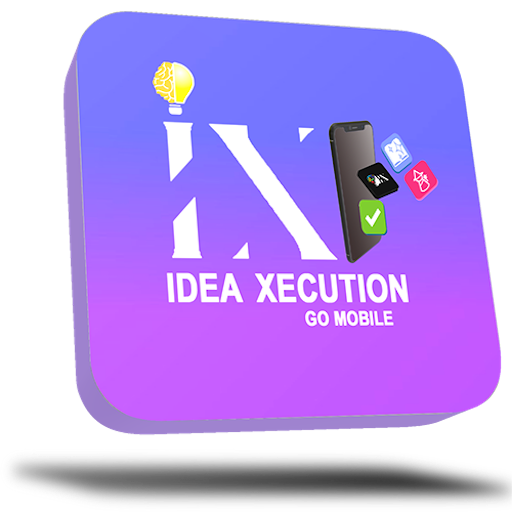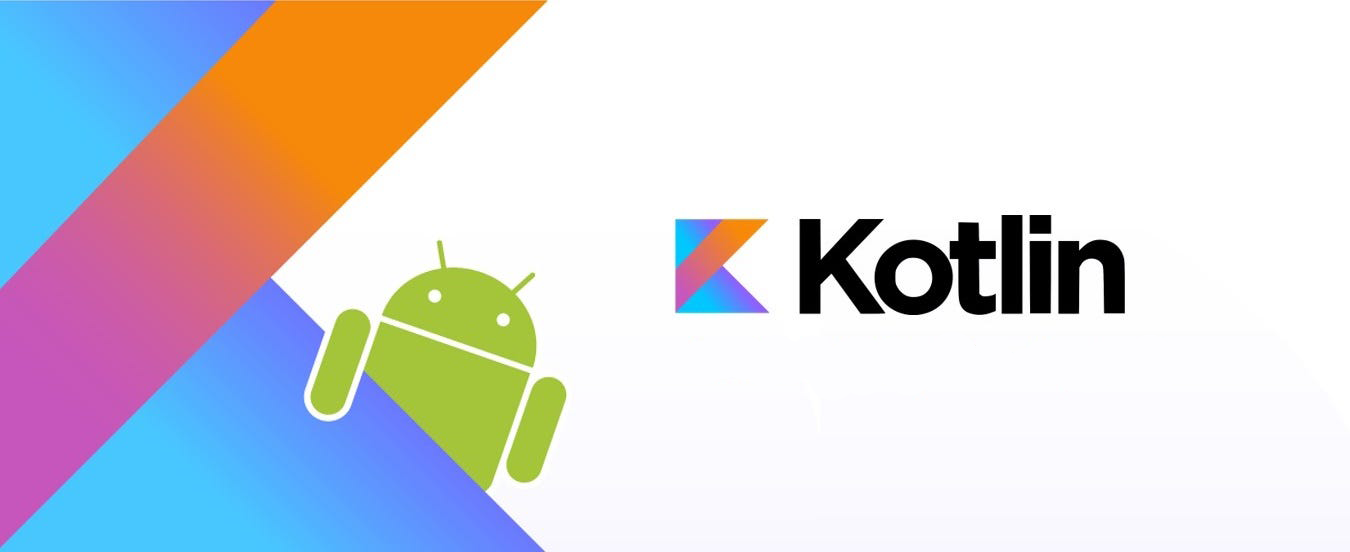Augmented Reality (AR) Vs Virtual Reality (VR)

Augmented reality is an interactive experience that combines the real world and computer-generated content. Augmented reality is made up of the word “augment” which means to make something great by adding something to it. So basically, augmented reality is a method by which we can alter our real world by adding some digital elements to it. This is done by superimposing a digital image on the person’s current view thus it enhances the experience of reality.
Augmented reality (AR) is the integration of digital information with the user’s environment in Real Time. Unlike virtual reality (VR), which creates a totally artificial environment, AR users experience a real-world environment with generated perceptual information overlaid on top of it.
Virtual Reality (VR)
Virtual reality is a simulated experience that employs pose tracking and 3D near-eye displays to give the user an immersive feel of a virtual world. Applications of virtual reality include entertainment (particularly video games), education (such as medical or military training) and business.
Examples
-
- AR can be used in mobile apps to display information about landmarks when you point your phone’s camera at them.
-
- VR is often used in gaming, simulations, or virtual tours where users can explore and interact with a digital world.
-
- Snapchat uses AR technology to apply interactive filters to users’ faces in real-time. These filters can include animations, masks, and effects that augment the user’s appearance, making for fun and engaging social interactions.
-
- Google Maps integrates AR to provide users with real-time navigation guidance through their smartphone cameras. Users can see directional arrows and labels overlaid onto the real world, helping them navigate unfamiliar environments more easily.
-
- In Pokémon GO, AR is used to overlay Pokémon onto the real-world environment captured by the player’s smartphone camera. This allows players to see Pokémon appear as if they are actually present in the physical world around them. It adds an extra layer of immersion to the game, making the Pokémon-catching experience more lifelike and engaging.
Some Differences
-
- Virtual Reality creates a fully immersive digital environment or experience that simulates the real world or imaginary world.
-
- Augmented Reality overlays digital information into the real world.
-
- It generally requires a headset or a similar kind of device to immerse the user into the digital world.
-
- It can be accomplished through smartphones or tablets with the help of AR apps.
Different Industries where we can see Usages of AR and VR technologies
Manufacturing:
AR enhances manufacturing processes by providing real-time data visualization, facilitating data-driven decisions, and promoting collaboration.
VR is utilized by automotive companies like Honda, BMW, and Jaguar Land Rover for design and engineering reviews, reducing the need for physical prototypes and saving time and resources.
Healthcare:
AR glasses aid surgeons by projecting medical images during surgeries, improving precision.
VR in healthcare includes FDA-approved systems like EaseVRx for pain reduction and therapeutic applications for mental health issues, such as Virtual Reality Exposure Therapy for PTSD and anxiety.
Gaming:
AR gaming, exemplified by Pokémon GO, combines virtual and real-world environments for an immersive experience.
VR gaming offers a fully immersive experience, enhancing traditional gaming and bringing entertainment beyond smartphones.
Education:
AR tools like Third Eye X2 smart glasses enhance traditional teaching by providing immersive experiences and facilitating remote learning.
VR revolutionizes education by offering immersive and experiential learning opportunities, democratizing access to education worldwide.
These technologies have diverse applications across manufacturing, healthcare, gaming, and education, contributing to enhanced experiences and improved processes.
Some Videos About Real time usage of AR and VR technologies in medical fields
References:
https://www.geeksforgeeks.org/basics-augmented-reality/
https://en.wikipedia.org/wiki/Virtual_reality
https://in.images.search.yahoo.com/search/images;_ylt=Awr1TYuIGKhly1sUnmS7HAx.;_ylu=Y29sbwNzZzMEcG9zAzEEdnRpZAMEc2VjA3BpdnM-?p=augmented+reality+images&fr2=piv-web&type=E210IN826G0&fr=mcafee#id=3&iurl=https%3A%2F%2Fmedia2.s-nbcnews.com%2Fi%2Fnewscms%2F2017_51%2F2266186%2F171218-augmented-relaity-mn-1820_38635ed88365bd1c4034f0ab21126ccb.jpg&action=click
https://www.circuitstream.com/blog/examples-of-augmented-reality
https://virtualspeech.com/blog/vr-applications



